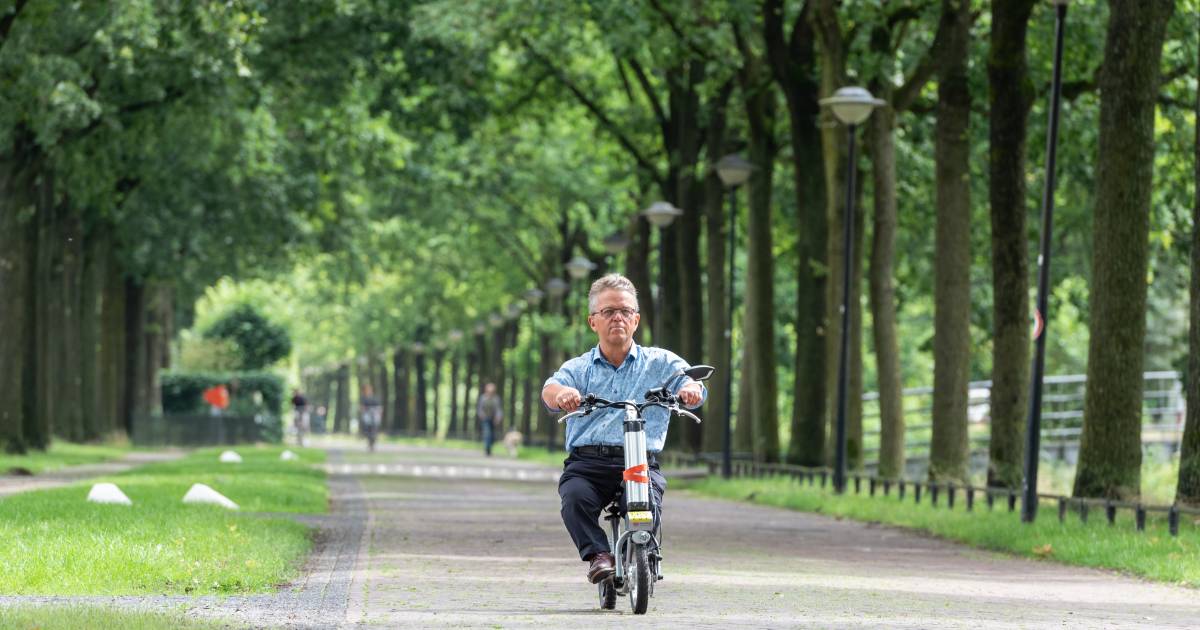Camber delves into its commitment to carry the urban art beyond the most populated nuclei and cover the walls of rural areas with it. “Last year they wanted to expand the project outside the more urban context, to rural areas, and this year even more. In 2022, one of the four murals was in the rural, the one of Headsplitters. This year, two are in parishes and another two in the urban context”, explains the commissioner of the Chromatic Mural Fest, which these days lives its sixth edition, Arcadi Poch. “It’s very good because they are places where they obviously have less cultural activity and the neighbors are very grateful for it,” he says.
Of the four artists selected to work on the walls of the municipality of Cambrés in this edition, two of them already finalized their proposals yesterday: the Portuguese Ricardo Romero captured in Castrobo, in the parish of Sigrás, a dancer spreading her dress like wings. “He wanted to talk about that artistic gesture understood as a present moment”, explains the festival curator. “It is the least situationist mural of this edition. It addresses philosophical, existentialist themes, ”he points out.
Touriñán, model of the Fendetestas mural: “I feel very close to these characters”
At number 3 of the road from Cambre to O Temple, within the nucleus of the municipal capital, the Chinese artist Satr also finished yesterday a mural that shows “two foxes who try to catch an apple, which for her represents knowledge, curiosity”, says Poch. The work, The curiosity of the Universe, “shows the animals as ethereal, with glazes that make them float a bit; a bit of an allusion to the spirit of the animal, in a figurative painting that does not pretend to be realistic”, details the curator.
At the same time, Lidia Cao and Tope Skinwalls continue to work on the Os Templarios promenade and in Meixigo, respectively. The Catalan, muralist and tattoo artist, creates “the most situationist mural” in the Casa do Pobo in the Cambresa parish, in which he “works as if the building were alive and the wall was his skin,” says Poch. “These days he had a lot of contact with the neighbors to see what their tattoos, their symbology and iconography are, and he introduces small tattoos into the work that have to do with some excerpts from conversations with the neighbors,” the curator details.
The Galician has been assigned “almost the most visible wall,” says Poch, on Paseo de Os Templarios, near O Paraugas. “She has incredible potential and a trajectory and she has her own very personal language, perhaps closer to illustration and with a very specific color range”, details the curator. “We wanted to create a new, more contemporary iconography that also alludes to historical memory. It shows a transgressive, empowered María Pita, with a wild look, riding her horse. It generates a discourse of female empowerment and is made by a Galician woman about another from the past. There is a transgenerational dialogue ”, he explains. As the artists’ works near the end, neighbors have created a collaborative mural or participated in a guided tour of works from past editions.
2023-07-29 13:13:48
#Rural #Cambre #embraces #urban #art


